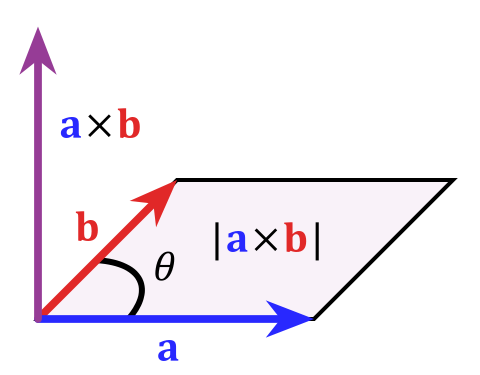A vector is a point with a direction. Oftentimes, they are represented by an arrow. They are also represented as a list of numbers (or other stuff, like functions).
When it is a list of numbers, we can think of it as an arrow in space.
For example, we visualize the vector
Sometimes we draw the vector with the tail not on the origin. The
This is why it can sometimes be confusing to have vectors act like points in space.
Notation
Three ways to write vectors:
For
- The first notation is the point notation, which can extend to any number of dimensions
- The second notation is Matrix notation, which can also be extended to any amount of dimensions. This notation is useful when vectors interact with matrices.
- The third notation only works in 2D and 3D. It uses Unit Vectors
We usually use the first notation in exercises
Vector Addition
In general, whenever we add two vectors, we add their corresponding components.
We can visualize this as:

Scalar Multiplication
This is when we stretch or shrink a vector by a Scalar, which is just a regular number.
In general, this just means we multiply each component by the scalar.
When we multiply a vector by -1, we flip the vector.
Magnitude
We write the magnitude, or length, of the vector
We can calculate the magnitude with the Pythagorean theorem.
Dot Product
The dot product of two vectors is a number that tells us how much two vectors point in the same direction.
In simple terms, it is the magnitude of both vectors times the cosine of the angle between the two vectors.
When
When
When
We usually have to compute the dot product a lot. Therefore, a shortcut is to multiply corresponding components and then add.
This formula extends to vectors of any length.
Cross Product
The cross product between two vectors returns another vector. A vector
This also means that the cross product only works in three dimensions. In four dimensions, there are infinitely many vectors perpendicular to two vectors (Think of it as a line of perpendiculars).
2. The length of
It looks like the dot product with a sine instead of a cosine. Because of this, when the angle is 90 degrees, the cross product is largest. This makes the dot product and cross product complement each other.
One interpretation of the length of

The base of the parallelogram has length
The Right-hand Rule
You might have noticed that in a three-dimensional plane, there are actually two ways a third vector can be perpendicular to two other vectors. In order to decide which one, we use the Right-hand Rule.
Cross Product Formula
For:
The cross product here is a 3D Determinant.